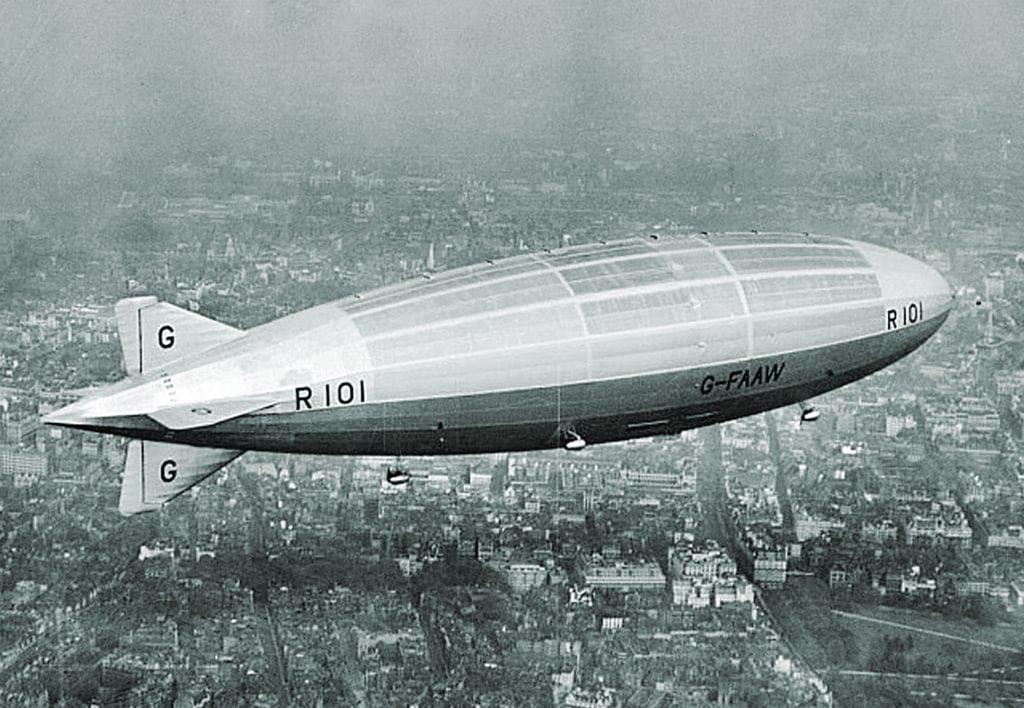
REVIEWS
The year was 1930 and His Majesty’s Airship R101 was the pride of Britain. R101 was a rigid dirigible, with a steel framework, diesel engines and huge bags filled with hydrogen for lift. At 777 feet in length, it was bigger “than anything that has flown before,” as S.C. Gwynne writes. One of the first airships built to gird the British empire, R101 had a posh interior that included an art deco dining room, a lounge, promenades and a smoking room. However, despite its stateof-the-art engineering, R101 was a disaster waiting to happen.
The British should have known better. German zeppelins that attacked Britain’s mainland during World War I had ultimately failed dismally. By the postwar era it should have been obvious to the British that airships were problematic. The fuel for their engines, their outer coverings and the lifting hydrogen were highly flammable, and the weather could be deadly, with strong winds creating problems thanks to the airships’ large surface areas. During the 1920s airship disasters abounded as dirigibles often crashed and exploded into flames. In fairness, some aeronautical experts understood the airships’ vulnerabilities. But despite the dirigibles’ flaws, British officialdom wasn’t dissuaded from championing them.
Why did Britain persevere in building these flying death traps? The ruling establishment had its reasons for overlooking the flaws. Its (wobbling) empire was a major motive. Political mandarins, led by this book’s main personality, Lord Christopher Birdwood Thomson, Secretary of State for Air, were convinced that airships would expedite travel between Britain andcations, they felt constrained from pointing them out to higher-ups in the chain of command.






